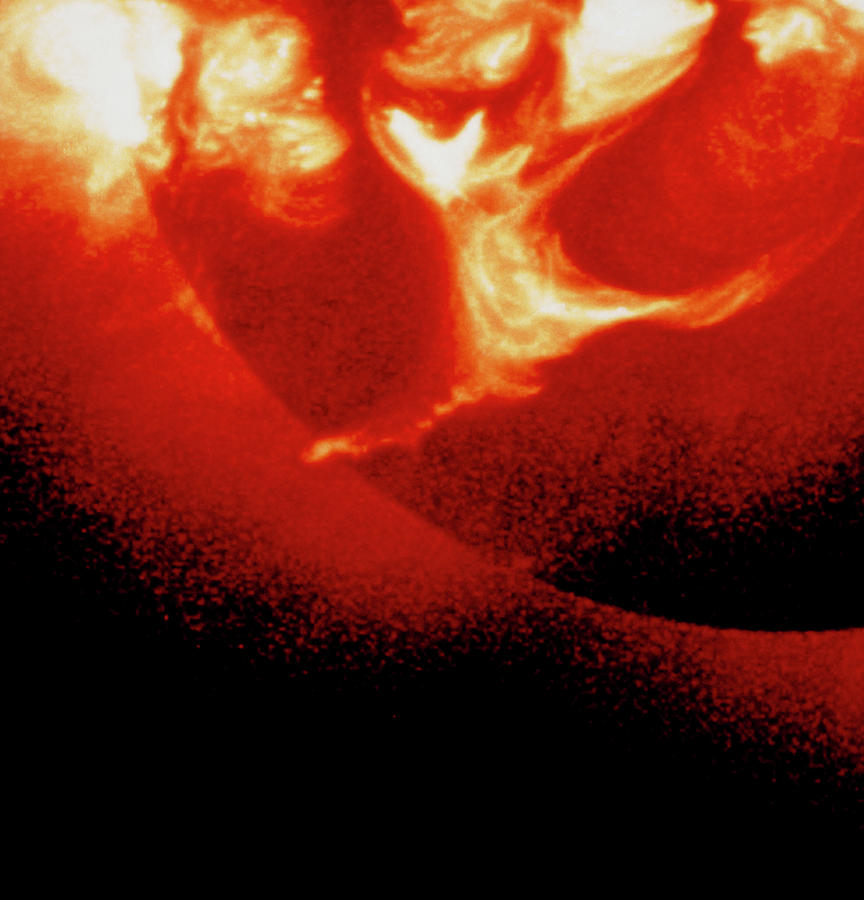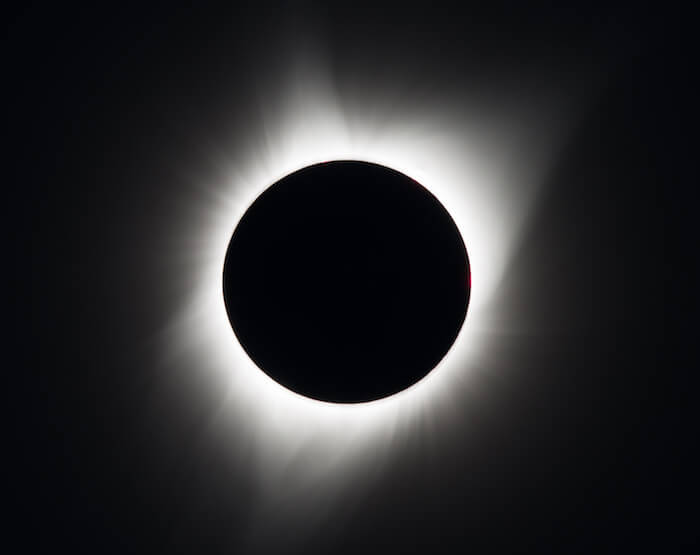
We found a FOXSI-2 upper limit of 4.5 × 10 −2 photons s −1 cm −2 keV −1 with a 2 σ confidence level in the 5–10 keV energy range.

We used a Bayesian approach to provide upper thresholds of quiet-Sun HXR emission and probability distributions for the expected flux when a quiet-Sun HXR source is assumed to exist. To fully characterize the sensitivity of FOXSI, we assessed ghost ray backgrounds generated by sources outside of the field of view via a ray-tracing algorithm. This paper aims to constrain the quiet-Sun emission in the 5–10 keV energy range using FOXSI-2 and -3 observations. FOXSI completed its second and third successful flights (FOXSI-2 and -3) on December 11, 2014, and September 7, 2018, respectively. The Focusing Optics X-ray Solar Imager (FOXSI) sounding rocket experiment excels in these two attributes when compared with RHESSI. Observing faint HXR emission is challenging because it demands high sensitivity and dynamic range instruments. These observations set 2 σ upper limits at 3.4 × 10 −2 photons s −1 cm −2 keV −1 and 9.5 × 10 −4 photons s −1 cm −2 keV −1 for the 3–6 keV and 6–12 keV energy ranges, respectively.Īims. However, the quiet-Sun HXR emission was constrained in 2010 using almost 12 days of quiescent solar off-pointing observations by the Reuven Ramaty High Energy Solar Spectroscopic Imager (RHESSI). To date, there has not been any direct observation of such persistent HXRs from the quiescent Sun. These nanoflares could deliver enormous amounts of energy into the solar corona, possibly accounting for its high temperatures. A copious and continuous presence of nanoflares would result in a sustained HXR emission. If nanoflares follow the same physics as their larger counterparts, they should emit hard X-rays (HXRs) but with a rather faint intensity. Solar nanoflares are small impulsive events releasing magnetic energy in the corona. Tokyo University of Science, Shinjuku City, Tokyo, JapanĬontext. Nagoya University, Graduate School of Science, Aichi, Japan Rikkyo University, Graduate School of Artificial Intelligence and Science, Tokyo, Japan National Astronomical Observatory of Japan, Tokyo, Japan Institute of Space and Astronautical Science, Kanagawa, Japan Kavli Institute for the Physics and Mathematics of the Universe (WPI), The University of Tokyo, Tokyo, Japanĭepartment of Physics, The University of Tokyo, Tokyo, Japan Heliospace Corporation, Berkeley, CA, USA NASA Marshall Space Flight Center, Huntsville, AL, USAĮSA, European Space Research and Technology Centre (ESTEC), Noordwijk, The Netherlands Johns Hopkins University Applied Physics Laboratory, Laurel, MD, USA University of Applied Sciences and Arts Northwestern Switzerland, Windisch, Switzerland NASA Goddard Space Flight Center, Greenbelt, MD, USA University of Minnesota, Physics and Astronomy, Minneapolis, MN, USA Space Sciences Laboratory, University of California Berkeley, Berkeley, CA, USAĮ-mail: Department, University of California, Berkeley, CA, USA

Athiray 3 ,7, Sophie Musset 3 ,8, Lance Davis 3, Sasha Courtade 1, Gregory Dalton 1, Paul Turin 9, Zoe Turin 10, Brian Ramsey 7, Stephen Bongiorno 7, Daniel Ryan 4 ,5, Tadayuki Takahashi 11 ,12, Kento Furukawa 12, Shin Watanabe 13 ,11, Noriyuki Narukage 14, Shin-nosuke Ishikawa 15, Ikuyuki Mitsuishi 16, Kouichi Hagino 17, Van Shourt 1, Jessie Duncan 3, Yixian Zhang 3 and Stuart D. Juan Camilo Buitrago-Casas 1 ,2, Lindsay Glesener 3, Steven Christe 4, Säm Krucker 1 ,5, Juliana Vievering 3 ,6, P.


 0 kommentar(er)
0 kommentar(er)
